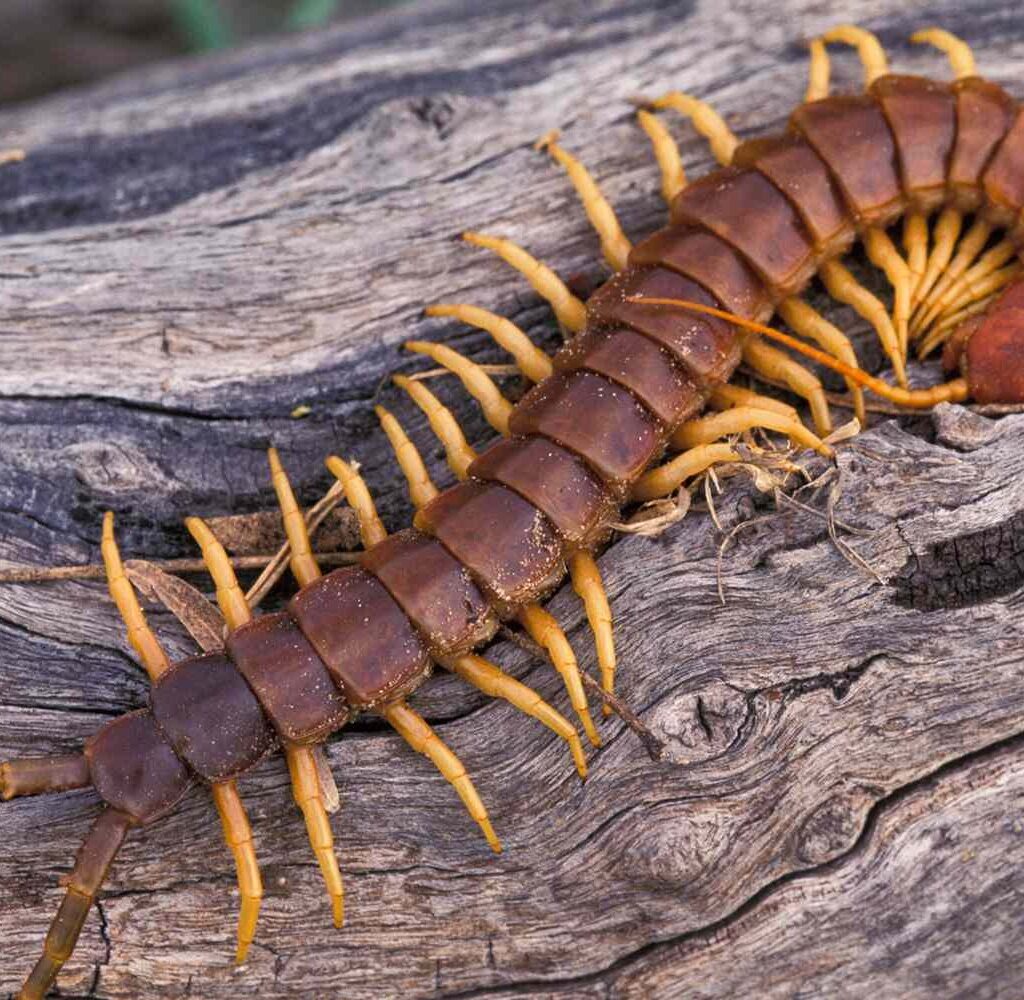What if I told you that spiders can be hunted. You heard me right; these hunters can equally be hunted by predators, and you can use this as an advantage to get rid of spiders in your home or apartment.
Spiders are often seen as the top predators, spinning their webs to catch prey unaware. However, even these eight-legged hunters have their own enemies in some situations they are equally hunted by bugs that eat spiders.
Various bugs and insects are predators of spiders, turning the tables on these pests. Let’s dive into the fascinating world of spider-eating bugs and discover how these tiny predators outwit their web-spinning adversaries.
Here are some bugs that eat spiders.
Bugs That Eat Spiders
1. Spider Wasps (Pompilidae)

Spider wasps, also known as pompilid wasps, are perhaps the most well-known spider predators. They are part of bugs that eat spiders in the animal word.
These wasps are typically solitary and can be identified by their long legs and vibrant, often metallic, colours.
Hunting Strategy: Female spider wasps hunt spiders to provide food for their larvae. The wasp stings and paralyses the spider, making it immobile but still alive.
She then drags the spider to her burrow, lays her eggs on the spider and seals the burrow. When the eggs hatch, the larvae feed on the barely surviving spider.
2. Assassin Bugs (Reduviidae)

Assassin bugs are a different group of insects known for their killing habits. They have lengthy bodies, long legs, and a different, curved proboscis used for piercing and sucking.
Hunting Strategy: Some species of assassin bugs specialise in preying on spiders. They use their proboscis to inject a dangerous saliva that dissolves inside the spider, which the bug then sucks out. This predatory technique is both efficient and horrible, allowing the assassin bug to consume its prey quickly.
Assassin bugs are known for their stealth and patience, often lurking near a spider’s web and mimicking the vibrations of trapped prey to lure the spider into striking range.
3. Centipedes (Chilipoda)

Centipedes are long, multi-segmented arthropods with a pair of legs per body segment. They are normally found in dark, damp environments and are popular for their speed and poisonous bite.
Hunting Strategy: Centipedes are opportunistic hunters that will readily prey on spiders. Using their front legs, which are called forcipules, centipedes grip and force venom into their prey, making them unable to move. They then use their powerful jaws to consume the spider.
Despite their name, centipedes can have anywhere from 30 to over 300 legs, depending on the species. Their numerous legs help them move quickly and navigate complex environments.
4. Praying Mantises (Mantidae)

Praying mantises are easily recognizable by their long bodies, triangular heads, and front legs that fold in a praying posture, hence the name praying mantis. They are excellent hunters with keen eyesight and swift reflexes
Hunting Strategy: Praying mantises ambush their prey. They use their camouflage bodies to blend into their surroundings making it hard for the spiders to spot them. When a spider comes within reach, the mantis strikes with its spiked front legs, catching the spider and eating it alive.
Praying mantises have been observed exhibiting cannibalistic behaviour, sometimes even during mating, where the female may consume the male.
5. Ants (Formicidae)

Ants are outgoing insects that live in colonies and exhibit a wide range of behaviors. They have well partitioned bodies, from their elbowed antennae to their powerful mandibles.
Ants communicate using pheromones, which they release to signal danger, mark trails to food sources, and coordinate attacks on prey.
Hunting Strategy: Some ant species, particularly army ants, are known to attack and overpower spiders. These ants use their numbers to overpower their prey, with workers swarming the spider, biting, and spraying formic acid to subdue and make it unable to move.
Ants communicate using pheromones, which they release to signal danger, mark trails to food sources, and coordinate attacks on prey.
6. Robber Flies (Asilidae)

Robber flies are predatory insects with short bodies, long legs, and a characteristic beard of bristles around their face. They can fly very fast and smoothly making them agile fliers and formidable hunters.
Robber flies are known for their aggressive hunting style and are capable of taking down prey much larger than themselves, including bees and other large insects.
Robber flies catch spiders mid-air, using their powerful legs to grab and restrict them. They then use their sharp proboscis to force digestive enzymes into the spider, destroying its insides, which the fly then sucks out.
Conclusion: Nature’s Balance
The insect world is a complex and fascinating ecosystem where even the most feared predators have their own enemies.
Bugs that eat spiders play a crucial role in maintaining the balance of nature, ensuring that no single species dominates.
By understanding these dynamics, we can appreciate the complex web of life that exists right in our backyards. So, the next time you see a spider, remember that it, too, has something to fear.